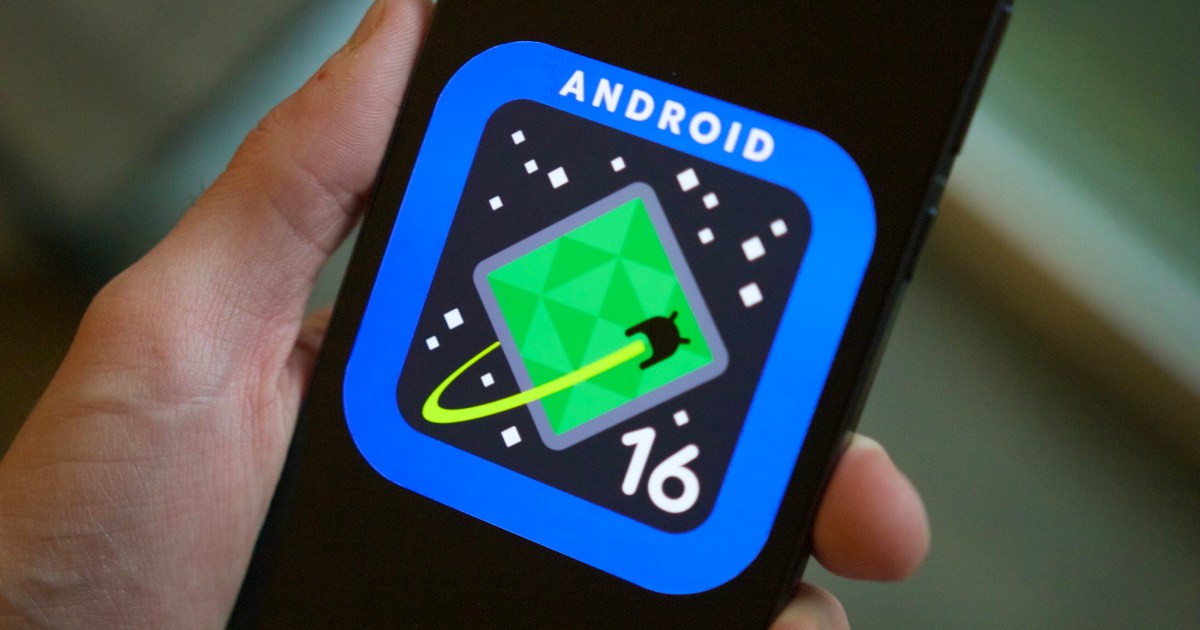Science
Researchers Unveil Android Vulnerability Enabling Data Theft

Security researchers have identified a significant vulnerability in Android devices that allows malicious applications to steal sensitive user data. This attack method, referred to as Pixnapping, revives a 12-year-old technique for browser-based data theft and poses serious implications for Android users worldwide.
The Pixnapping attack enables an application to gather data displayed on other apps or websites, including sensitive information from platforms such as Google Maps, Gmail, and Signal, as well as two-factor authentication (2FA) codes from Google Authenticator. Remarkably, this can occur without the need for special permissions, making it a particularly insidious threat. The technique exploits a hardware side channel known as GPU.zip, allowing attackers to read screen pixel data by measuring rendering times. By overlaying transparent activities and timing pixel render speeds, attackers can reconstruct screen content pixel by pixel.
Although Pixnapping leaks only between 0.6 to 2.1 pixels per second, this rate can be sufficient to extract sensitive data, including authentication codes. The vulnerability, catalogued as CVE-2025-48561, impacts devices running Android 13 through 16, including popular models such as the Pixel 6 to Pixel 9 and Galaxy S25. A partial patch was issued in September 2025, with a more comprehensive fix expected in December.
Implications for Android Users
The emergence of Pixnapping highlights a fundamental flaw in Android’s rendering and GPU architecture. This vulnerability reveals that even previously resolved attacks can reappear in new forms. The fact that the attack does not require special permissions means that seemingly innocuous applications downloaded from the Google Play Store could potentially spy on sensitive on-screen data without users’ knowledge.
Furthermore, Pixnapping underscores a broader concern regarding side-channel vulnerabilities, which are leaks stemming from hardware processing rather than software bugs. These types of vulnerabilities are notoriously difficult to detect and remediate, posing ongoing challenges in mobile security.
Protecting Yourself from Data Theft
For Android users, understanding the implications of this research is vital. The potential for covert data theft exists, with apps able to harvest sensitive details such as banking information, 2FA codes, or precise location data by merely observing screen activity. Although Google has stated that there is currently no evidence of exploitation, the mere existence of such an attack indicates that malware could bypass traditional security measures.
In response to this vulnerability, Google is implementing further fixes to mitigate abuse of the blur API and enhance detection capabilities. However, researchers caution that existing workarounds may already be in use, and the underlying GPU.zip vulnerability remains unresolved. Until a permanent solution is established, users are advised to limit the installation of untrusted applications and ensure their devices are kept up to date.
As security experts anticipate the emergence of additional side-channel attacks similar to Pixnapping, vigilance and proactive security measures will be crucial in safeguarding sensitive user data in the evolving digital landscape.
-

 Lifestyle5 months ago
Lifestyle5 months agoLibraries Challenge Rising E-Book Costs Amid Growing Demand
-

 Sports4 months ago
Sports4 months agoTyreek Hill Responds to Tua Tagovailoa’s Comments on Team Dynamics
-

 Sports4 months ago
Sports4 months agoLiverpool Secures Agreement to Sign Young Striker Will Wright
-

 Lifestyle4 months ago
Lifestyle4 months agoSave Your Split Tomatoes: Expert Tips for Gardeners
-

 Lifestyle4 months ago
Lifestyle4 months agoPrincess Beatrice’s Daughter Athena Joins Siblings at London Parade
-

 Science4 months ago
Science4 months agoSan Francisco Hosts Unique Contest to Identify “Performative Males”
-

 World4 months ago
World4 months agoWinter Storms Lash New South Wales with Snow, Flood Risks
-

 Science5 months ago
Science5 months agoTrump Administration Moves to Repeal Key Climate Regulation
-

 Business5 months ago
Business5 months agoSoFi Technologies Shares Slip 2% Following Insider Stock Sale
-

 Science5 months ago
Science5 months agoNew Tool Reveals Link Between Horse Coat Condition and Parasites
-

 Sports5 months ago
Sports5 months agoElon Musk Sculpture Travels From Utah to Yosemite National Park
-

 Science5 months ago
Science5 months agoNew Study Confirms Humans Transported Stonehenge Bluestones









